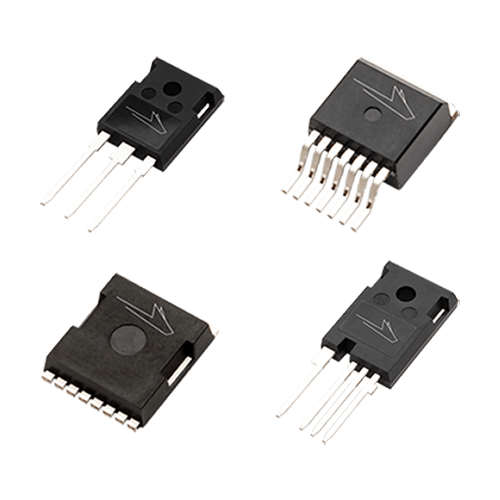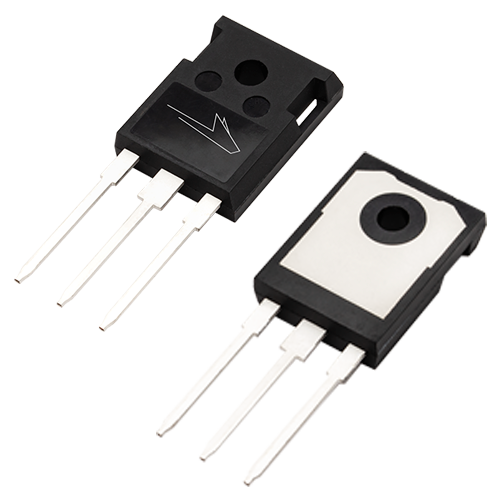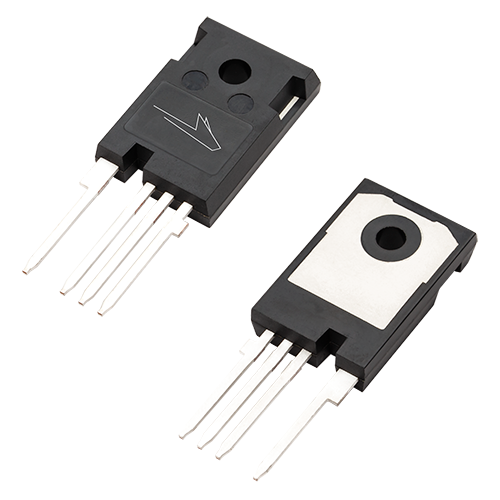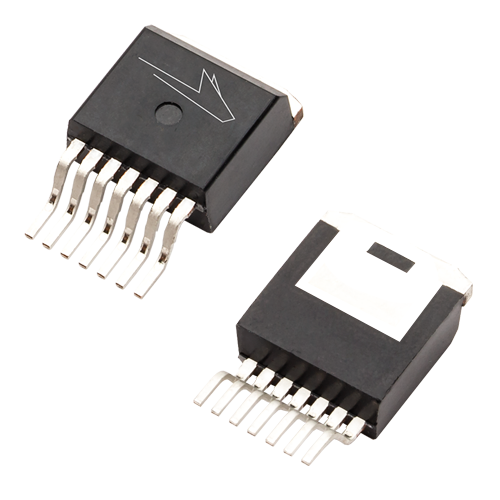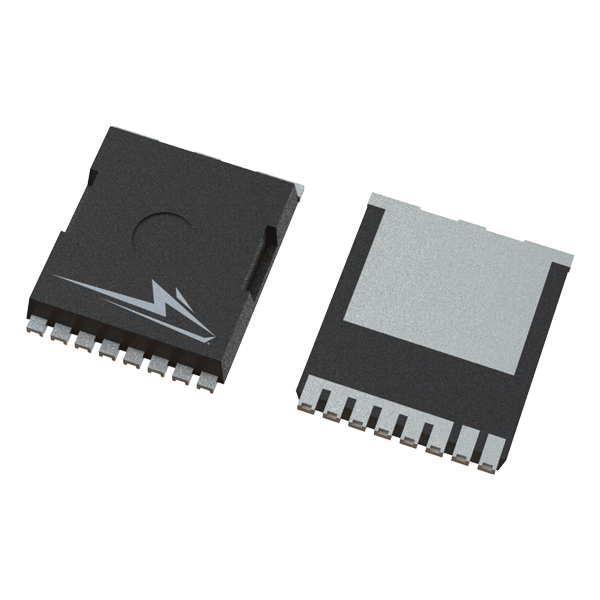650 V Discrete Silicon Carbide MOSFETs
The industry's lowest on-state resistances and switching losses for maximum efficiency and power density
Wolfspeed extends its Silicon Carbide (SiC) technology leadership with the introduction of 3rd-Generation 650 V MOSFETs; enabling smaller; lighter; and highly-efficient power conversion in an even wider range of power systems. The 650 V MOSFET product family is ideal for applications including high performance industrial power supplies; server/telecom power; electric vehicle charging systems; energy storage systems; uninterruptible power supplies; and battery management systems.
